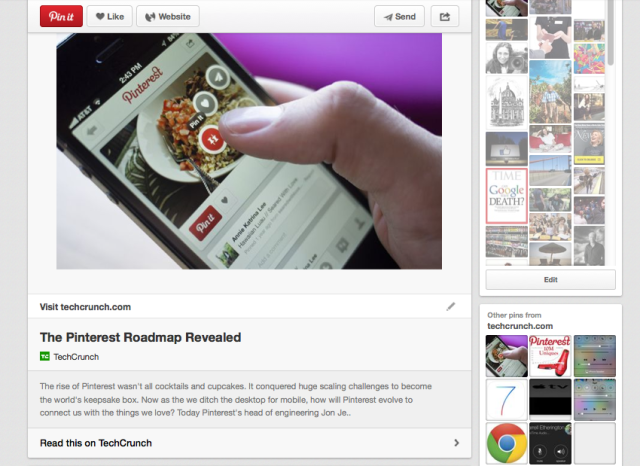10 Essential WordPress Plugins for Increasing Social Media Engagement
Gaining online traffic to your blog is simple to do with social media. But after you’ve started your social media accounts and gathered an initial following, you may feel that your engagement is stalling. With these WordPress plugins for social media, you can design a painless process of sharing online while also encouraging your audience to share, like, +1, and follow you!
- Google Analytics – Google Analytics can give you tons of valuable data about your blog and how your audience interacts with it. One important metric is the source of your traffic; this piece of information can help you determine which of your social media platforms is the most effective, and which is the least. If most of your traffic is coming from Pinterest, you know you’re doing something good there, and you might decide to spend most of your efforts driving Pinterest traffic.
- Simple Share Buttons – This WordPress app does exactly what the name claims: it adds social share buttons to all of your blog posts. It even gives your audience a share count, which can often influence them to share your content. Making it easy for your readers to share your content will increase your traffic from social media, as well as your engagement on social media.
- Sociable – Sociable adds social media buttons to your blog posts. This plugin adds a similar feature as Simple Share Buttons, but the images are social media icons rather than share buttons. Still, the same call-to-action is there, motivating your readers to share your content on their social media accounts.
- WP Pinner – Need a little help managing your Pinterest account? This plugin lets you schedule pins, track your Pinterest engagement, and automate pins of your WordPress posts from your admin panel. With this plugin, you can spend less time on Pinterest with the same amount of progress.
- Pinterest Image Pinner – Speaking of Pinterest engagement, this plugin will raise yours by adding a simple “Pin It” button to all of your blog post images. When it comes to Pinterest, readers are more inspired by your pictures than your text. You might lose the share if you leave your Pinterest CTA to the bottom of the post. Using this plugin allows your readers to pin your image the second they see it.
- Shareaholic – More social media buttons! These ones “float,” meaning that they follow the reader when he or she scrolls up and down on your webpage. Having the social share buttons immediately accessible will influence readers to share on a whim. Shareaholic also makes images shareable, gives the reader recommended and related content from your blog, and has social analytics from which you can glean valuable metrics.
- Tweet Old Post – This plugin will automatically tweet links to some of your older blog posts, reviving them and bringing in new traffic. Bringing readers in to some of your old posts with absolutely no effort on your part – what’s not to love?
- WordBooker – WordBooker streamlines the process of posting on Facebook. You can post content from your blog, status updates, and more into your Facebook page, any groups, or your own wall.
- The Google+ Plugin – Automate your G+ posts with this WordPress plugin. It also adds a +1 button to your blog and makes the process of adding you to a circle much easier for your readers.
- WP Instagram Widget – Use this plugin to display your latest Instagram pictures on your blog. Attaching Instagram to your blog will direct your readers to follow you – giving them a taste of what you post can also be an added incentive.
What WordPress plugins would you recommend for increasing your blog’s social media engagement?

